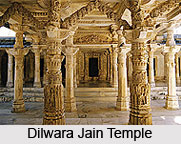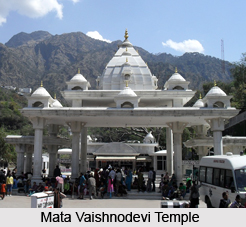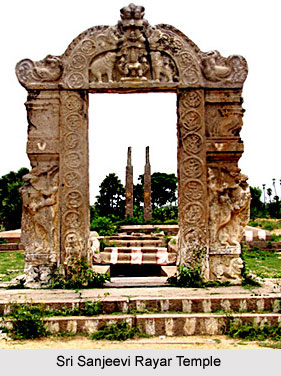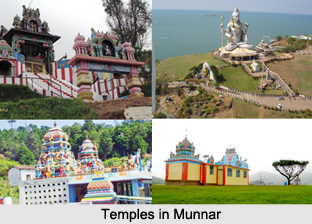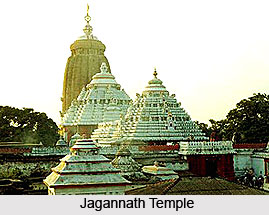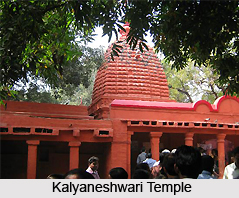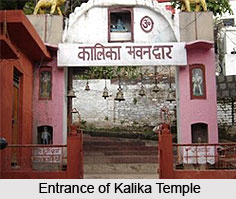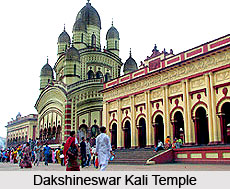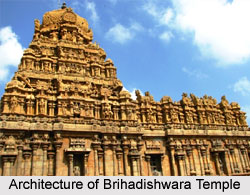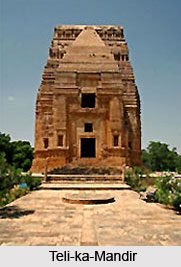 It is a perfect amalgamation of northern and southern architectural styles. It was an ancient seat of Jain worship, also known as `pearl in the necklace of the castles of Hind`. There are several theories as to how Teli-ka-Mandir got its curious name.
It is a perfect amalgamation of northern and southern architectural styles. It was an ancient seat of Jain worship, also known as `pearl in the necklace of the castles of Hind`. There are several theories as to how Teli-ka-Mandir got its curious name.
A theory goes that Govinda III of the Rashtrakuta dynasty occupied the fort of Gwalior in 794 and appointed the Telang Brahmins to look after all religious ceremonies. The temple acquired its name from them itself. Another view says that Teli-ka-Mandir was constructed by the members of the Teli caste (oil merchants). While another group is of the view that the name came from the Telangana region in Andhra Pradesh suggesting a blend of North Indian and Dravidian architectural styles.
Teli-ka-Mandir is a massive, towering statue of 100 feet. It has a distinctive architectural style and resembles a Pratihara Vishnu temple. The shape of the roof or the `Shikhara` can be easily distinguished as Dravidian and the add-ons are distinctively Indo-Aryan. The decorations are of the Nagara style, a well-known art form of North India. The exterior of the temple is carved with figures of river goddesses, coiled serpents, amorous couples and a flying Garuda, the chariot of Lord Vishnu.
The construction of the temple dates back to mid-eighth century, and consists of a huge rectangular sanctuary tower capped with an unusual vaulted-arch roof, whose peepal-leaf shape derives from the chaitya windows of much earlier rock-cut Buddhist caves. Though imposing in appearance, the temple consists of only the sanctuary with a porch and a doorway leading into the inner chamber. Astonishingly, there is also no mandapa, no pillared hall, which is very characteristic of fully constructed temple in this part of the country. In the outcome of the Gwalior Mutiny in 1858, the Britishers used Teli-ka-Mandir as a soda factory. The Archaeological Survey of India is now carrying extensive restoration works. Set apart from the road at the head of the Urwahj ravine, just north of the Teli-ka-Mandir, the Suraj Kund is the 100 metre long tank whose bewitching waters are supposed to have cured the 10th century ruler Suraj Sen, later Suraj Pal, of leprosy.












